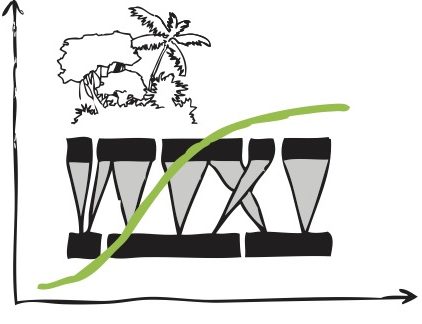First Newsletter
We proudly present our Reassembly Newsletter, summarizing our experience, new insights and challenges during the first year of our Research Unit. Each PhD and postdoctoral researcher presented her or his personal views here – worth reading if you want to get a glimpse into the heart of our scientific endeavor. …

